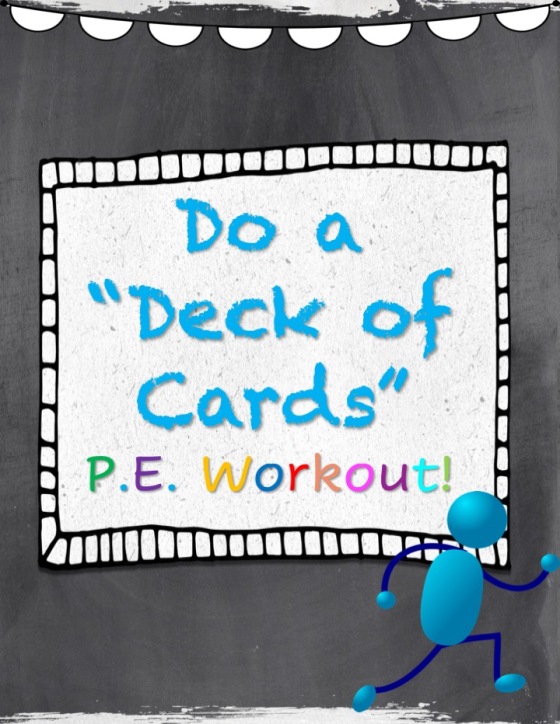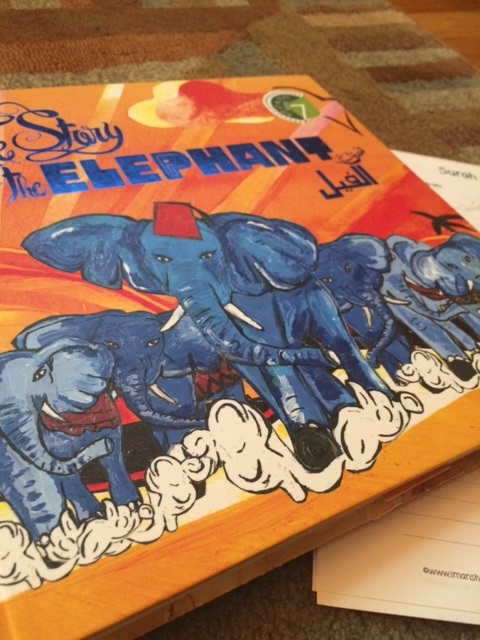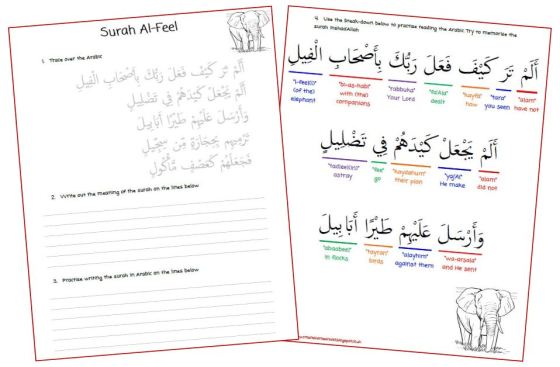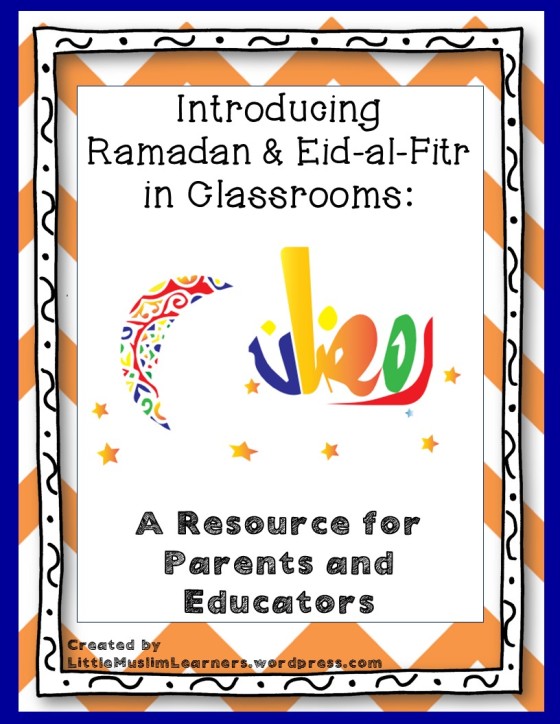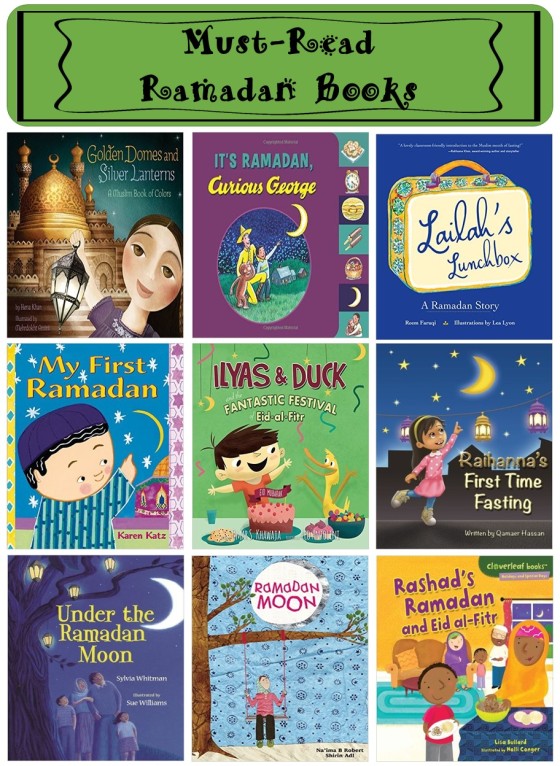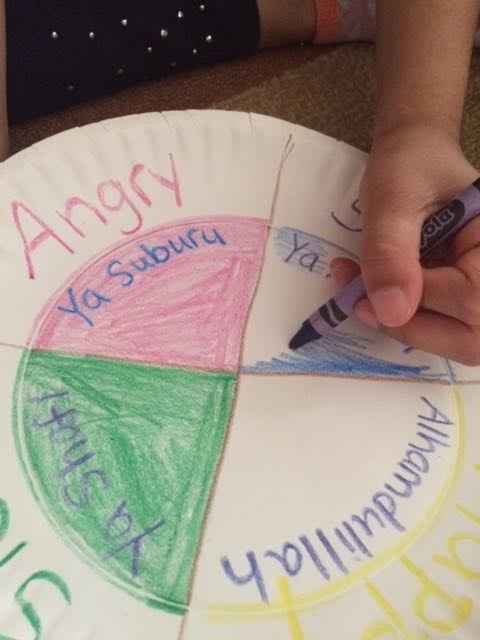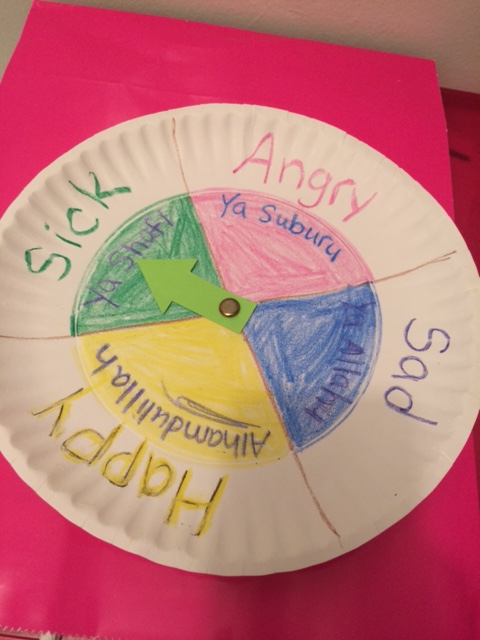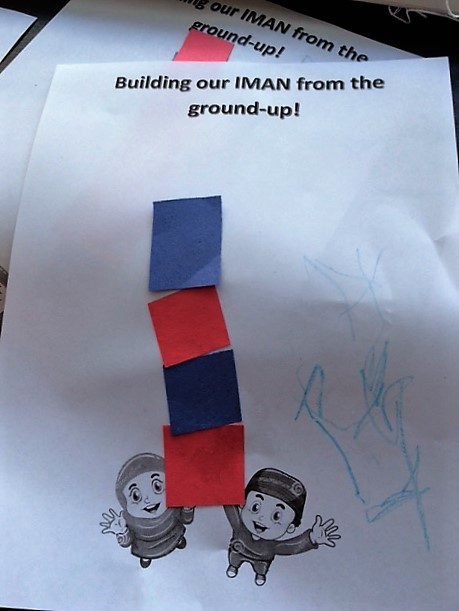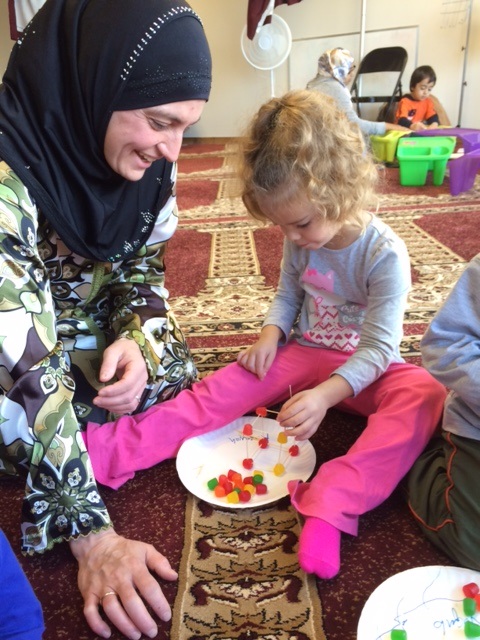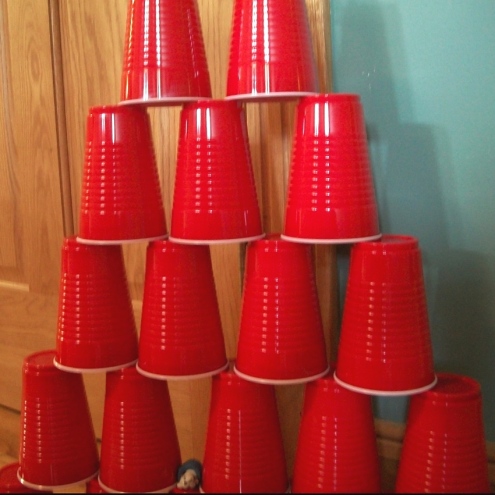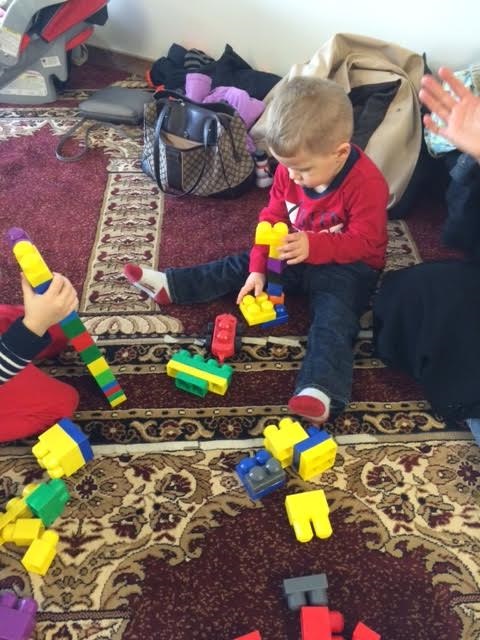
When I plan a playgroup lesson, I always try to anchor it with an ayat from the Holy Qur’an, a hadith, or a story. We typically do lot of arts & crafts, so I decided to change things up this time and do science experiments.
It’s April now and it’s been raining a lot! And we all know April showers bring May flowers… but do the kids know that? And, what do they think about the rain, clouds, and of the changing seasons?
So I decided to find out. And boy was I surprised, first they did know a lot and secondly, they thoroughly enjoyed the morning full of science experiments! “This is the best day ever!” a young boy shouted.
Some discussion points:
- The weather is changing where we live and we’re seeing a lot more rain now (it’s April).
- Where does rain come from? How? And Why? Discuss the role of rain in our lives and how Allah makes it happen.
- Read the ayat below, paraphrase it. Ask kids to retell how clouds are formed and rain falls.
Have you not seen how God makes the clouds move gently, then joins them together, then makes them into a stack, and then you see the rain come out of it…. (Holy Quran, 24:43)
Clouds-Ever notice that no two clouds are the same shape and size? We went over to the window to observe the sky. Unfortunately, that day we had a sunny sky with no clouds. So we used our imagination to picture clouds. What are clouds? Where do they come from? And why are they there? We proceeded to find out with lots of different experiments, stories, and songs in between!
Rain Cloud Experiment (pictured above)
Materials:
Clear plastic cup
Blue food coloring
Shaving Cream
Water
- Fill a cup with water leaving 1 inch from the top empty.
- Add a layer of shaving cream. Not too thick, otherwise you’ll have to wait too much for the magic to happen.
- Wait for the magic to happen.
- Note: The first time around, we waited….waited….and waited. Nothing happened. So then we experimented and poked holes in the shaving cream down to the water right where the blue dye was and voila! Magic started happening. I think we had layed on too much shaving cream and we learned it the hard way.
Ask the kids: What’s happening? What do you notice?
Puffy Paint Cloud

Materials:
Shaving cream
White Elmer’s Glue
Small sponges, cotton balls, or q-tips to paint with
Big bowl
Small paper plates or cups
Blue construction paper
White paper with the printed statement
- In a bowl, mix ¾ cup shaving cream with ¼ cup of white glue. Adjust the recipe depending on the number of children.
- Scoop out the paint mixture in a small paper plate or cup for each child.
- Let children use sponges, cotton balls, or q-tips to make cloud pictures on blue construction paper.
- Glue the printed statement below the cloud picture.
- Then have them complete the statement below on the bottom of the paper:
I looked up in the sky. I thought I saw a _________________ but it was just a cloud in the sky.
- Set aside to let the paint dry puffy.
Cloud Dough

Materials:
Flour
Baby Oil
Large tray or container
- Mix together 8 cups of flour and 1 cup of baby oil in a large tray.
- Let kids play with the soft, silky, smooth mixture.
Read Aloud Books:
A Drop of Mercy: The Water Cycle by Shahbatun Abu Bakar & Nordin East
It looks like Spilt Milk by Charles Green Shaw
Cloudy with a Chance of Meatballs by Judy Barrett and Roonald Barrett
What’s the Weather Song
What’s the weather? What’s the weather? What’s the weather like today?
Altogether, altogether. What’s the weather like today?
Is it sunny? Is it rainy? Is it cloudy out today?
Is it snow? Is it windy? What’s the weather like today?
Rain, rain go away Song
Rain, rain, [Move your fingers down like falling rain.]
go away. [Push your hands out, as if you were pushing the rain away.]
Come again another day. [Make a “come here” motion with your hands.]
DADDY wants to play. [Hold up your hand showing all five fingers and point to your thumb.]
Rain, rain, go away. [Move your fingers down and then push away the rain.]
Rain, rain,
go away.
Come again another day.
MOMMY wants to play. [Hold up your hand showing all five fingers and point to your index finger.]
Rain, rain, go away.
Rain, rain,
go away.
Come again another day.
BROTHER wants to play. [Hold up your hand showing all five fingers and point to your middle finger.]
Rain, rain, go away.
Rain, rain,
go away.
Come again another day.
SISTER wants to play. [Hold up your hand showing all five fingers and point to your ring finger.]
Rain, rain, go away.
Rain, rain,
go away.
Come again another day.
KIDS wants to play. [Hold up your hand showing all five fingers and point to your pinky finger.]
Rain, rain, go away.
Rain, rain,
go away.
Come again another day.
ALL THE FAMILY wants to play. [Hold up your hand and wiggle all five fingers.]
Rain, rain, go away.
Oh Mr. Sun Song
Oh Mr. Sun. Sun. Mr. golden sun. Please shine down on me.
Oh Mr. Sun. Sun. Mr. golden sun. Hiding behind a tree.
These little children are asking you. To please come out so we can play with you.
Oh Mr. Sun. Sun. Mr. golden sun. Please shine down on me.
Oh Mr. Sun. Sun. Mr. golden sun. Please shine down on me.
Oh Mr. Sun. Sun. Mr. golden sun. Hiding behind a tree.
These little children are asking you. To please come out so we can play with you.
Oh Mr. Sun. Sun. Mr. golden sun. Please shine down on, please shine down on,
Please shine down on me!

